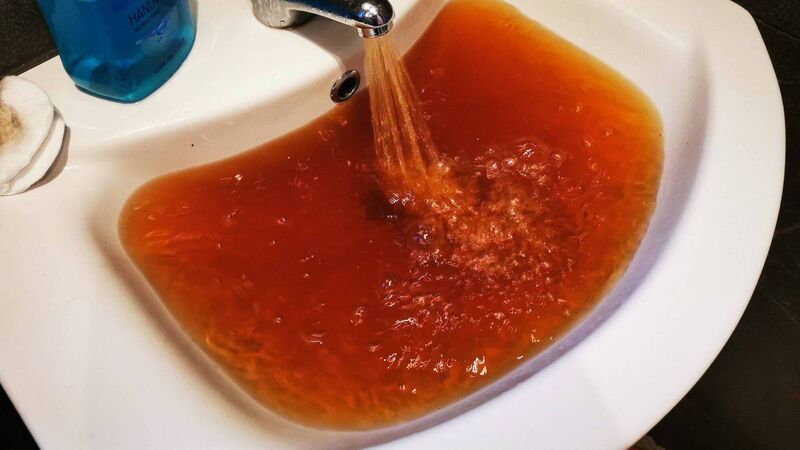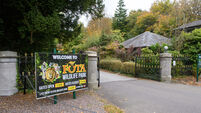Cork City's dirty water problem to persist well into the summer

Tens of thousands of homes and business supplied by the Lee Road plant face several more months of water discolouration issues.
Cork’s dirty water crisis is set to persist well into the summer, with another €1.6m being spent on the city’s new €40m water treatment plant in a bid to tackle the problem.
Uisce Éireann said it hoped the introduction of a new water conditioning process at the near three-year-old Lee Road water treatment plant would reduce the incidents of discolouration which have plagued the supply since the plant was commissioned in summer 2022.
The process should be in place by the middle of the year, but it will take time to determine if it has worked.
It means the tens of thousands of homes and business supplied by the plant face several more months of water discolouration issues.
The update was provided on Friday during a site visit to the Lee Road plant, which produces some 30 million litres of clean drinking water a day to people across the city’s northside, to parts of the city centre, and to pockets of the southside.
Intermittent discolouration is an issue on every water network with cast-iron pipes when sediment build-up inside the pipes is dislodged.
The Lee Road supply attracted about seven discolouration complaints a day prior to the new plant opening, but complaints surged after it was commissioned in August 2022.
There was a spike between August and September 2022, with more than 40 complaints on some days, between November 2022 and February 2023, between September and October 2023, and again between August 28, 2024, and September 3, 2024, when complaints peaked at about 80 a day on one day during that period.
The complaints have been trending downwards in recent months, but nowhere near the low level they were before the plant was built.
Uisce Éireann has blamed the problem on several factors, including major rehabilitation works on the network, changes to the chemical treatment process at the new plant, and a higher velocity of water being pumped through the city's ageing network of cast-iron pipes.
It has tweaked the treatment process and the pumping operations, it has established a taskforce to tackle the discolouration and it is flushing pipes in affected areas, targeting those areas with most complaints, but the problems persist.
A manganese reduction step has been installed at the plant following the detection last year of elevated levels of manganese in the source water coming from the River Lee, but now a new process is being installed at the plant to increase the alkalinity of the water produced there.
It is hoped this water will deposit a thin lining on the inside of the pipes, minimising the risk of sediment being dislodged.
Uisce Éireann also defended its decision not to issue a ‘do not consume’ advisory in the affected areas and insisted the water coming from the plant was safe to drink “when running clear”.
Its regional operations manager, Brian O’Leary, apologised to the people affected and said they were fully committed to addressing the discolouration issue.
“While there is no easy solution to resolving the matter, we are making progress and are committed to finding a solution as quickly as possible,” he said.
“I would like to reiterate, however, that the water being supplied to customers in Cork is fully compliant with drinking water standards and is safe to drink once it is running clear.”
More than €100m has been invested in water infrastructure in Cork City in recent years, including the €40m Lee Road plant.





